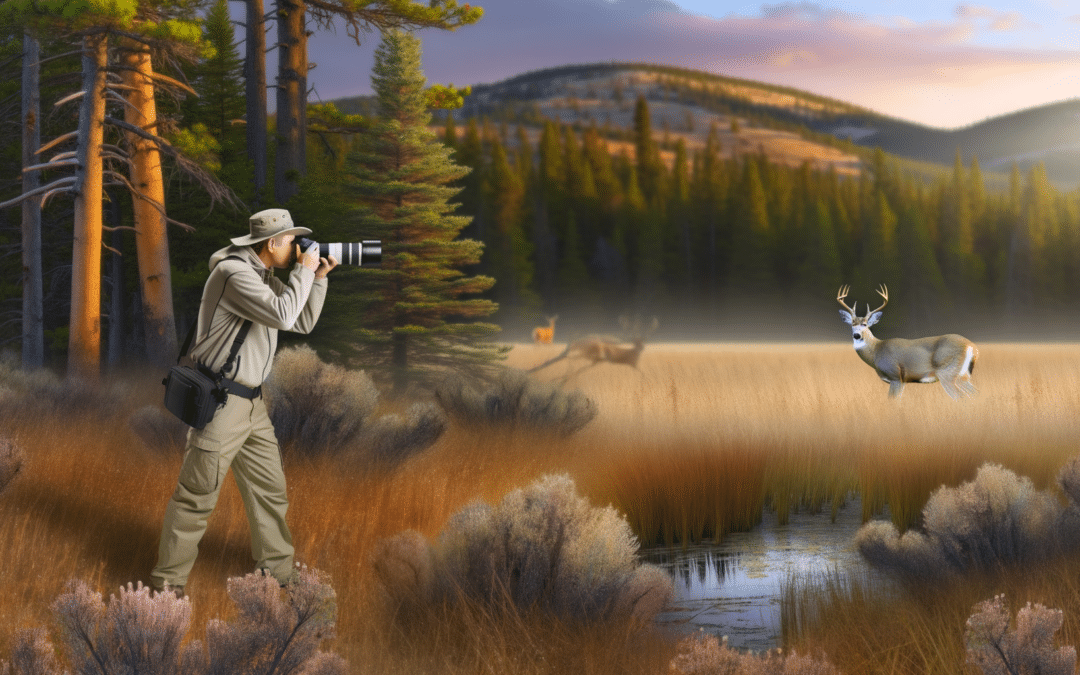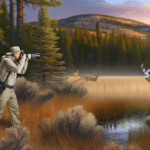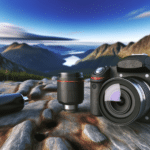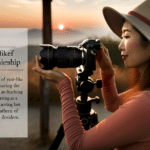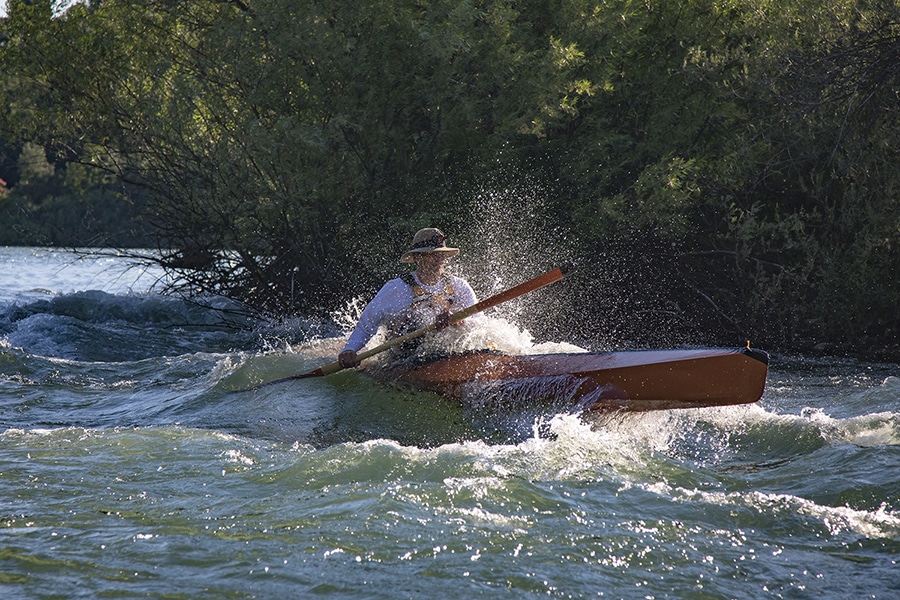Wildlife photography is a hobby that requires significant dedication due to its complexity. Those who wish to excel in this domain must not only refine their photographic skills but also gain an understanding of the creatures they are capturing. For those curious about the process behind the stunning animal images in books and magazines, the following twelve tips will provide insight. Mastering the fundamental techniques can transform wildlife photography into an immensely satisfying pursuit.
01. Selecting an Appropriate Camera
While the market offers a plethora of camera options, only a select few are suitable for the demands of outdoor wildlife photography. SLRs and mirrorless cameras stand out as the top choices, particularly those that are mid- and pro-level as they often come with weather-sealing, manual settings, and the ability to accommodate various lenses.
It is crucial to choose a weather-sealed camera to ensure durability against the elements, despite the higher cost. The ability to manually control the camera is essential when automatic settings fall short in complex outdoor situations. Additionally, the versatility provided by interchangeable lenses allows photographers to capture everything from close-up insect images to distant shots of larger animals.
02. Opting for the Ideal Lens
Telephoto lenses are commonly favored in wildlife photography for their ability to capture subjects from afar. Although some high-end models include optical stabilization (OS) to counteract the effects of magnification-induced shaking, there are also more affordable options available. For beginners, a sturdy tripod and a high shutter speed can compensate for the lack of OS in less expensive lenses.
A versatile telephoto zoom lens, such as an 18mm-300mm, is a good starting point, offering the flexibility to shoot both near and far subjects. Quality glass and affordability can be found in older models designed for film cameras. Macro lenses are essential for capturing small animals up-close, and a 100mm lens with a minimum aperture of f/2.8 is typically sufficient for most macro photography needs. If necessary, regular lenses can be adapted for macro use through reverse mounting or extension tubes, or by utilizing a telephoto zoom to approximate macro dimensions from a distance.
03. Shielding Oneself and Equipment from the Weather
Adequate preparation is key to protecting both the photographer and their gear from the elements. A boonie hat with a wide brim offers comprehensive protection from the sun and rain, and can even include a mosquito net for additional defense against insects. A spacious raincoat can cover the photographer, their backpack, and camera, doubling as a makeshift shelter in heavy rain.
In cold climates, a thick jacket and specialized photography gloves that expose the index finger are advisable. A robust, waterproof camera backpack with subdued colors will keep equipment safe and unobtrusive to wildlife. Regardless of the forecast, a camera rain cover is essential to protect against moisture, dirt, and other outdoor contaminants.
04. Choosing the Correct Camera Settings
Camera settings will vary with the shooting conditions, but there are general principles to follow. A low ISO setting is preferred to minimize noise, though higher ISOs may be necessary in low light conditions. The appropriate shutter speed is determined by the subject’s movement, with faster speeds needed for more active animals.
Choosing the right focus setting is a critical challenge in wildlife photography. Continuous autofocus is effective for moving subjects, but manual focus may be necessary when obstacles interfere. Understanding how to adjust these settings is crucial for capturing sharp images.
05. Employing a Sturdy Tripod
Serious outdoor photographers should invest in a stable tripod made of aluminum or carbon fiber, capable of supporting heavy camera equipment. Multi-angle legs and secure locking mechanisms are important for setting up on uneven terrain, and the use of a spirit level ensures the camera is properly aligned. The choice between a ball head and a gimble head for the tripod depends on the weight and size of the lens being used.
06. Understanding Animal Subjects
The unpredictability of animal behavior adds complexity to wildlife photography. By studying the habits and habitats of their subjects, photographers can improve their chances of capturing compelling images. Learning from experienced wildlife photographers and nature enthusiasts can provide invaluable practical knowledge beyond what is found in books.
07. Practicing Photography Skills
Gaining proficiency with camera equipment can begin in one’s own neighborhood by photographing common, alert animals. Zoos offer a controlled environment to practice capturing images of a variety of species and to learn from animal experts.
08. Maintaining a Low Profile
To avoid startling wildlife, photographers must move quietly and cautiously. Using a camera’s silent shutter feature and judicious use of burst mode can help minimize disturbance to the subjects.
09. Adhering to Composition Rules
The rule of thirds is a fundamental composition guideline in photography, helping to create balanced images. Providing space in the direction of the subject’s gaze avoids a cramped appearance. Incorporating the environment into wildlife photos can enhance the storytelling aspect of the image.
10. Exercising Patience
Observing and understanding animal behavior allows photographers to anticipate and capture the perfect moment. Patience is essential, and sometimes it is beneficial to observe the scene without the camera to fully grasp the situation.
11. Scouting Ideal Locations
Wildlife parks are excellent starting points for finding photogenic locations and animal subjects. Familiarizing oneself with the park’s layout and regulations ensures a safe and productive photography session.
12. Embracing Challenging Weather Conditions
Bad weather can yield dramatic and unique wildlife photographs. Photographers should be prepared to shoot in adverse conditions while taking precautions to protect their equipment and themselves.
Mastery of wildlife photography can take years, but the process is a continuous learning experience. Persistence in this hobby not only improves photographic skills but also fosters a deeper appreciation for nature. For additional inspiration, Canva’s extensive library of wildlife photography is worth exploring.
